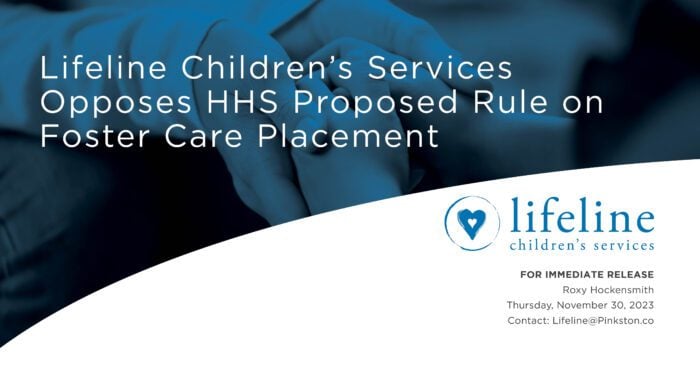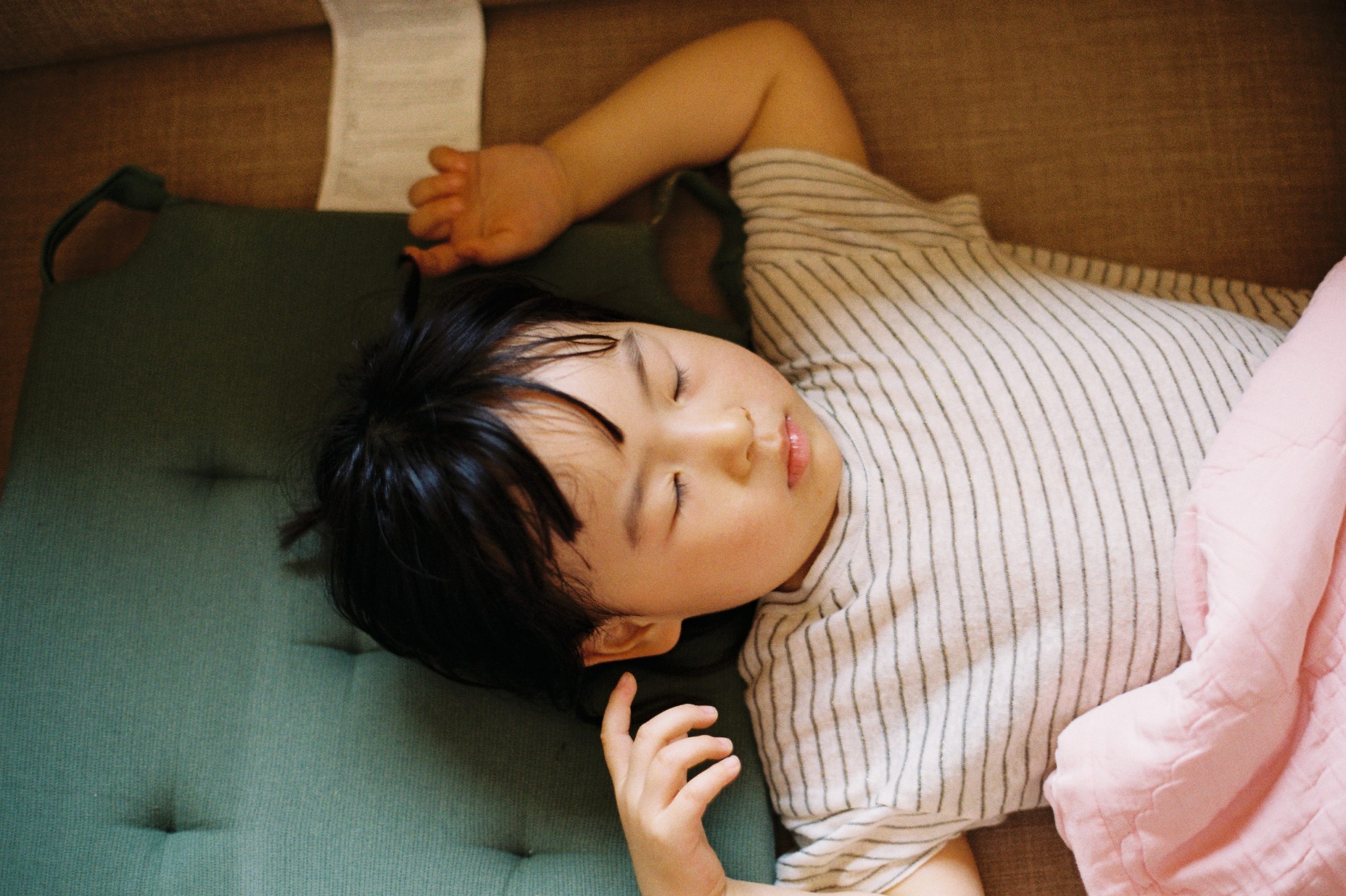SLEEP
Sleepless in Seattle? Birmingham? Charleston? San Antonio? Sleep disturbances are one of the most common challenges for a child transitioning to a new home. Causes for sleep disturbances can include: the many new exciting experiences and stimulation they have during the day that make it difficult to transition to rest, feelings of grief and loss can emerge at night, and negative associations with the dark. A child may have been left to cry it out during the night, may have had unknown or inconsistent caregivers at night, wet diapers and other unattended needs, and may have experienced abuse during the night. Finally, children with histories of prematurity, prenatal exposure to alcohol and drugs and lack of regulating care can actually have changes in the brain that make self-regulation difficult for a child. If at all possible learn as much as you can from previous caregivers about the environment the child slept in. Did they share a room or sleep alone? What light and sounds did they experience during the night? Did they have a special routine before bedtime? Did they have a favorite object, “lovey”, they slept with? We hope the following guidelines will help everyone have sweet dreams!
Daily Routine: Preparing for a good night’s sleep actually begins during the day. Make sure that your child is not oversleeping in the morning. Exposure to the early morning sun increases their Melatonin and will promote night time sleep. Food routines can help maintain circadian rhythms, so try for consistency in your meal/snack/bottle schedule. Active play such as hiking, biking, running, swimming and jumping can work out stress and anxiety and can lessen nighttime restlessness. Naps are a must for younger children. Children who nap are happier, have better attention spans, may learn better, and arrive at bedtime without being overly tired. Good naps lead to good night-time sleep, and vice-versa. “Sleep begets sleep.” Keep naps from lasting into the later afternoon. Overly tired children have more difficulty falling asleep at night.
Environment: Evaluate the space where your child sleeps. Create a space that will promote a good night’s rest. Make sure that there are not bright lights shining into the room; if so, consider hanging black out shades or curtains. If a night light is needed for the child to feel safe use a very dim bulb. Be aware of the sounds the child might hear that could hinder sleep. For light sleepers white noise such as a fan, a sound machine, and heartbeat lullabies can be helpful. Aromas such as lavender and chamomile can assist in providing a calming and soothing environment. Even an item that smells like mom or dad can be soothing to a child in the middle of the night, so consider putting one of dad’s t-shirts or a scarf of mom’s in the bed with the child. For children that seem to crave that snug-as-a-bug-in-a-rug sensation consider a smallish sleeping bag or sleep sack, or a lycra sleeve around the mattress that the child slips into to provide that tight sensation. Weighted blankets are available for older children with sensory issues as well. Finally, consider the temperature in the room. Research has shown that cooler temperatures promote better sleeping.
Bedtime Routine: Your bedtime routine should begin an hour before lights out. Start with a transition of turning off all electronics such as TV, computer, and electronic games which can be overly stimulating. Transition from rough housing and high energy play to quieter activities such as reading and puzzles. 30 to 40 minutes before bed consider a final snack of the day that has complex carbohydrates such as turkey, peanut butter, bananas, soy and dairy products which all contain tryptophan and can create drowsiness. Have a warm bath with calm not active play in the tub. After bath, lotions and gentle massages can help down regulate and continue to maintain a calm mood. Change into pajamas as this will create an association with sleep. Develop your own ritual of saying “good night” to family members, pets, and objects in the room. Provide the child with a “lovey” that can later be a transitional object for them when they are ready to fall asleep on their own. Tell a quiet story or sing a lullaby in a soothing voice to the child. Developing a calming and soothing bedtime ritual will also be a wonderful time of building attachment with your child.
Where to Sleep: For many foster and adopted children to sleep alone can create fear as they are accustomed to sleeping in a room with other people. Consider co-sleeping with your child until they feel comfortable sleeping alone. Co-sleeping can be anything from sleeping in your child’s bedroom to moving the child’s crib or pallet into the parents’ room. ( Foster Parents be aware of your state regulations regarding sleeping arrangements ). If a child is able to share a room with a sibling this can sometimes meet their need for companionship however, it is still the parent’s job to provide comfort that is needed during the night. A video monitor in the room can help you know when a child is moving through normal sleep/wake cycles and can put themselves back to sleep or if they are in need of a caretaker to help them navigate returning to sleep. Never let a child cry themselves to sleep. Children from places of trauma and difficulty need to learn that they can depend on trusted caregivers to meet their needs and help them regulate when they cannot do it themselves.
Night Waking: Sleep study statistics indicate that 70% of infants, 47% of toddlers, 36% of preschoolers, and 14% of school-age children wake and need help at least once per night. Before you respond to your waking child take a deep breath and calm yourself before interacting with our child. Your child will quickly tune into your mood. Do a quick diagnosis of what might be the cause of waking: is it illness, teething, soaked diapers, recent stresses, new developmental milestones, night fears, night terrors, or nightmares? Night mares are dreams that wake a child and cause fear; providing understanding and comfort will help a child return to sleep. A child experiencing night terrors may or may not appear to be awake; if they do not seem responsive to you, then simply be present and keep them safe but do not try to wake the child as this will escalate the terror. The child will eventually calm and return to sleep. Children do not remember the experience of the night terror the next morning.
Recommended Sleep: The following table is based on sleep surveys and recommendations from the National Sleep Foundation
Conclusion: It takes a compassionate and understanding caregiver to help a child learn new patterns of sleep and rest which includes: falling asleep on their own, self-soothing in an appropriate way, and learning to return to sleep on their own when going through the normal sleep/wake cycles during the night. Hopefully using the above strategies and developing good sleep habits will help everyone in the house return to nights of restful and restorative sleep.
Developed by: Lynn Beckett, LBSW




